Growing Out Curly Hair

From Short to Shoulder-Length in Different Stages
We've all been in the position of having a haircut that we once liked, but now it's starting to feel outdated since we've had it for a while. The problem is that it's a short style, and sometimes we can't envision how we'll transition to a longer style. Consequently, we end up sticking with what we know because we fear dealing with the in-between stage.
Well, I'm here to help you navigate the journey from short to long hair with minimal stress and struggle. As with the previous discussion of straight hair types in a progression from short to long styles, the key is to identify "stages" that will aid you in transitioning. By doing so, you can minimize the time spent in the "in-between" looks.
The Starting Point
Our initial style is an almost gamine-short haircut. The length on top of the head allows the full femininity of the hairstyle to shine through. For women with naturally curly hair, this is a low-maintenance pixie cut.
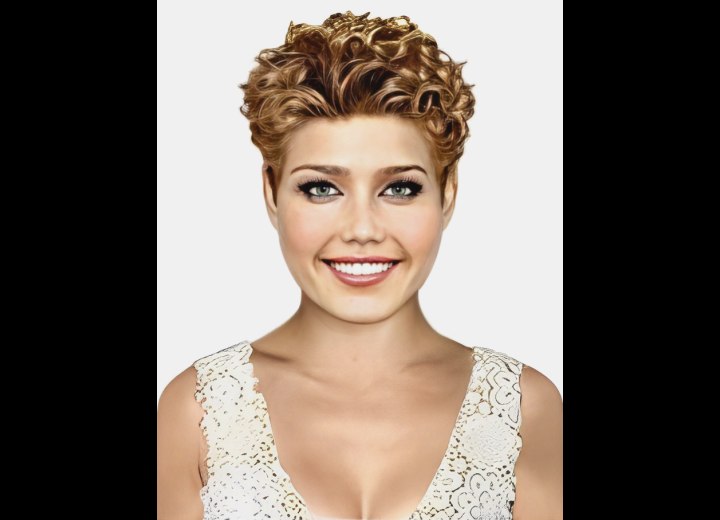
All that is needed - after shampooing and conditioning - is the addition of a little gel or mousse, and blow-drying with a diffuser and the fingers to scrunch the curls and finger comb the hair into shape to create a flattering and long-lasting. This style is especially suitable for those with a round or wide face, but it can be adjusted to accommodate other face shapes.
Stage One:
To progress to stage one of our transition from short to long hair, all we need to do is let the hair on the back and sides grow naturally for a couple of months while transitioning to a more uniform-layered style. If certain areas of growth become bulky, they can be thinned to ensure an even distribution of hair volume as necessary.
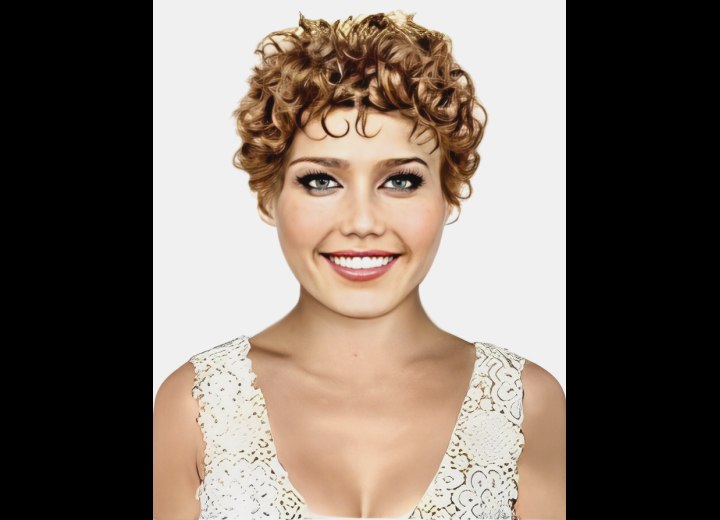
Once again, styling is easily managed, by using a diffused hair dryer and the fingers to scrunch and direct the curls. This transition takes us from a super short style to one that is more commonly known as a "bubble cut."
The time required between the starting point and stage one should be approximately four to six months, depending on the individual's hair growth rate.
Stage Two:
During stage two, the "bubble cut" continues to grow out on the top, back, and sides. A weight line begins to appear at the temples as the length on top reaches a critical mass. The sides and back are trimmed to initiate the transition from uniform layers to a more blunt style. The resulting effect is akin to a "wedge" cut.

Styling this stage is still easy, involving diffused blow-drying and finger combing. Additional volume can be added to the top of the hair as needed to balance the facial features and prevent the look from appearing too wide. Stage two can be achieved within another six to eight months after reaching stage one.
Stage Three:
Stage three maintains a similar style, but with a slight shift in the hair parting, providing a subtle change as the transition continues. As the hair lengthens, the weight line moves lower on the head, and the layering at the ends becomes less pronounced.
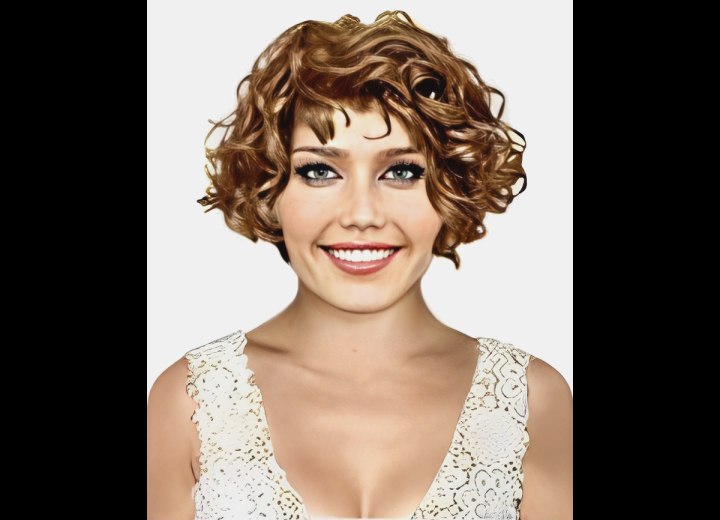
At this stage, the hair can be styled to enhance the curl by using diffuse-drying and scrunching techniques. Alternatively, a large wide-tined brush can be used to minimize the curls and create waves while drying the hair. The choice between these styling options is purely a matter of personal preference. The time between stages two and three should be around three to five months, depending on individual hair growth rate.
Stage Four:
In stage four of the style progression, the hair reaches shoulder length, and the ends are gently layered to soften them and reduce unwanted bulk. This helps prevent the common issue of "pyramid head" often seen in long curly hairstyles. The hair can be thinned as necessary to further reduce bulk while ensuring the curls maintain their definition.
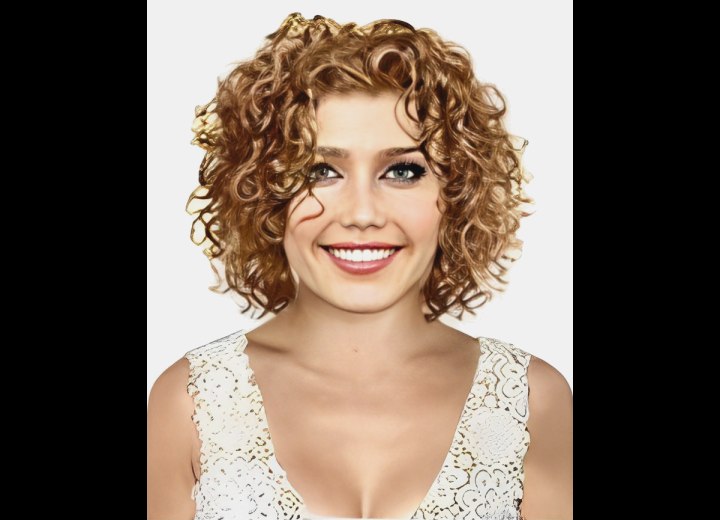
Styling involves diffused blow-drying, scrunching, and finger-styling according to personal preference. This represents the final "intermediate stage" in the transitioning process and can be maintained for as long as desired to allow the hair to reach the desired length. As shown here, stage four should be achievable within an additional six to eight months after reaching stage three.
Destination Style:
Our desired style is a shoulder-length curly style with blunt ends and light box layering, or potentially thinned layers to minimize bulk on the sides of the head. The hair is best styled by diffused blow-drying and finger-styling until the curls are arranged as desired. To maintain the finished style throughout the day, a light leave-in spray conditioner can be used as needed to combat frizz or unruliness in the curls.
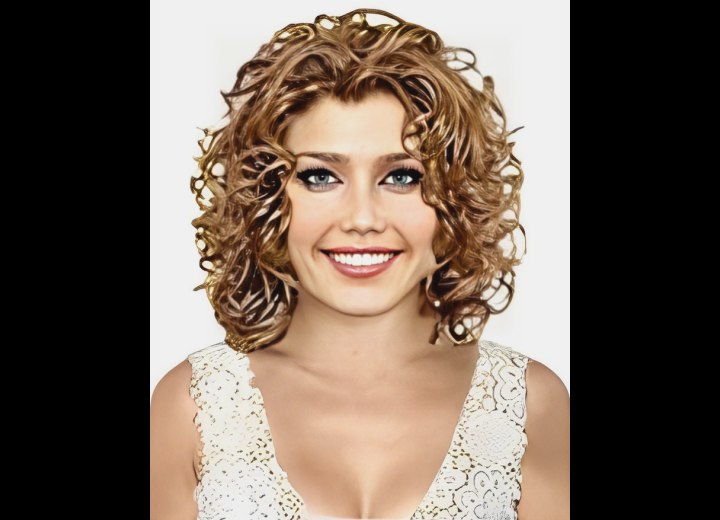
Depending on the desired length at the end of the transitioning period, it should be possible to achieve the destination style within three to five months after stage four.
It's always a good idea to do some planning and preparation before finalizing decisions on hairstyles. As demonstrated here, the progression from the super short original style to the destination style can be achieved within a timeframe of twenty-one to twenty-four months. While two years may initially seem like a long wait to achieve the desired results, breaking the transition down into stages makes the time required feel more manageable, as there are "new styles" to anticipate along the way.
Additionally, this technique can also be suitable for transitioning from colored or lightened hair to natural hair coloring. Since long-term hair coloring often leads to hair that is stressed and damaged, sometimes a "fresh start" is needed. By planning the changes you want to make to your hair in advance, the prospect of cutting off the damaged and colored hair can become less intimidating.
You can temporarily use demi-permanent hair color to help mask the new hair growth as needed until you have enough new length to support the preferred short starting style. From there, you can select stages that align with your preferences and plan the desired looks until you achieve your goal length. With careful planning and proper execution, you can once again have a head full of natural-colored, healthy hair.
Shoulder length is not necessarily the end of your hair journey! There's absolutely no reason to stop there when you can let your curls continue growing and discover a whole new world of styling possibilities. Once your curly hair cascades past your shoulders, you'll notice a dramatic transformation in both how it looks and how it moves.
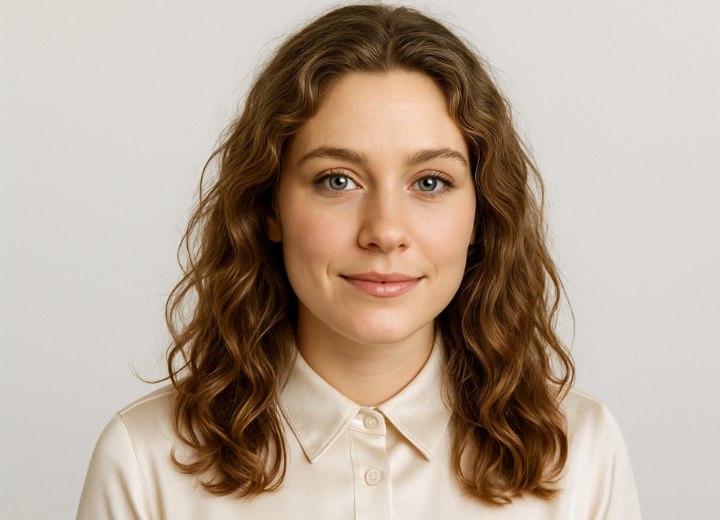
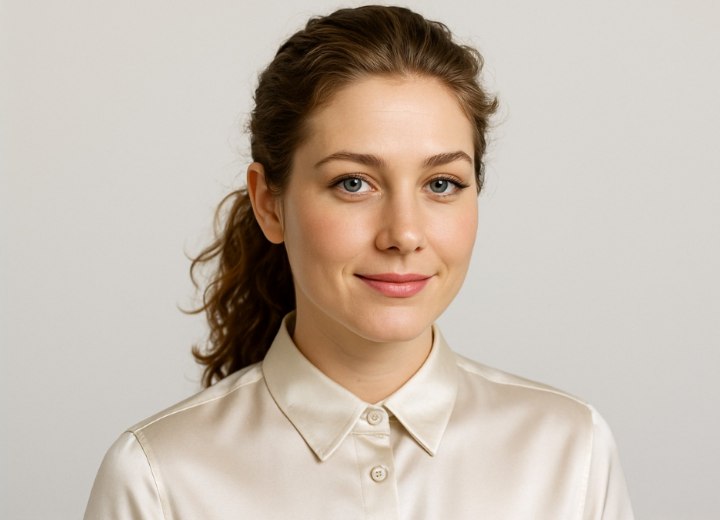
The beauty of long curly hair lies in the incredible versatility it offers. Suddenly, you'll have access to styling options that simply weren't possible with shorter hair lengths. Think beautiful updos and ponytails! And if you find out that long hair isn't quite what you like after all, cutting it back to a shorter length is always an option.
©Hairfinder.com